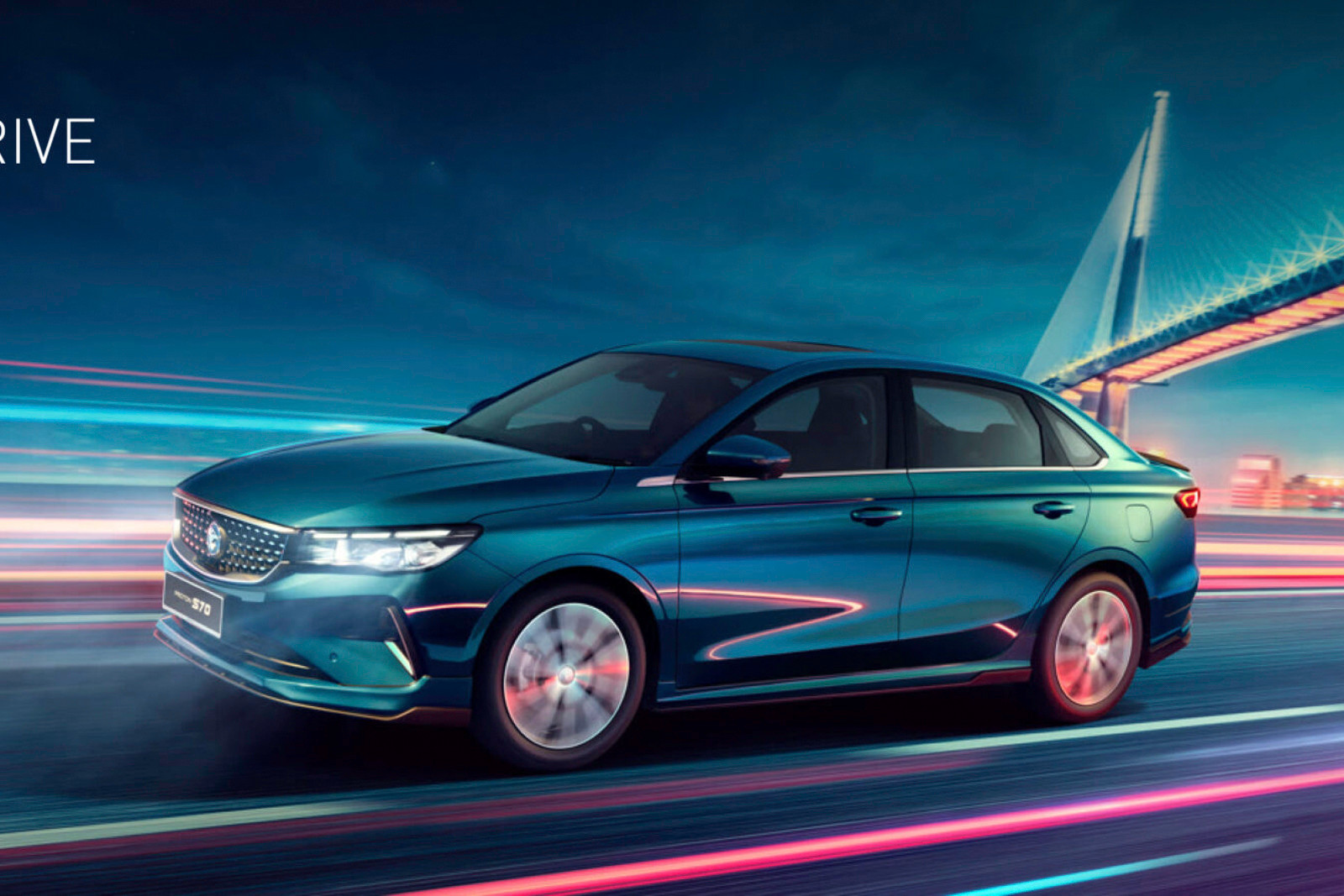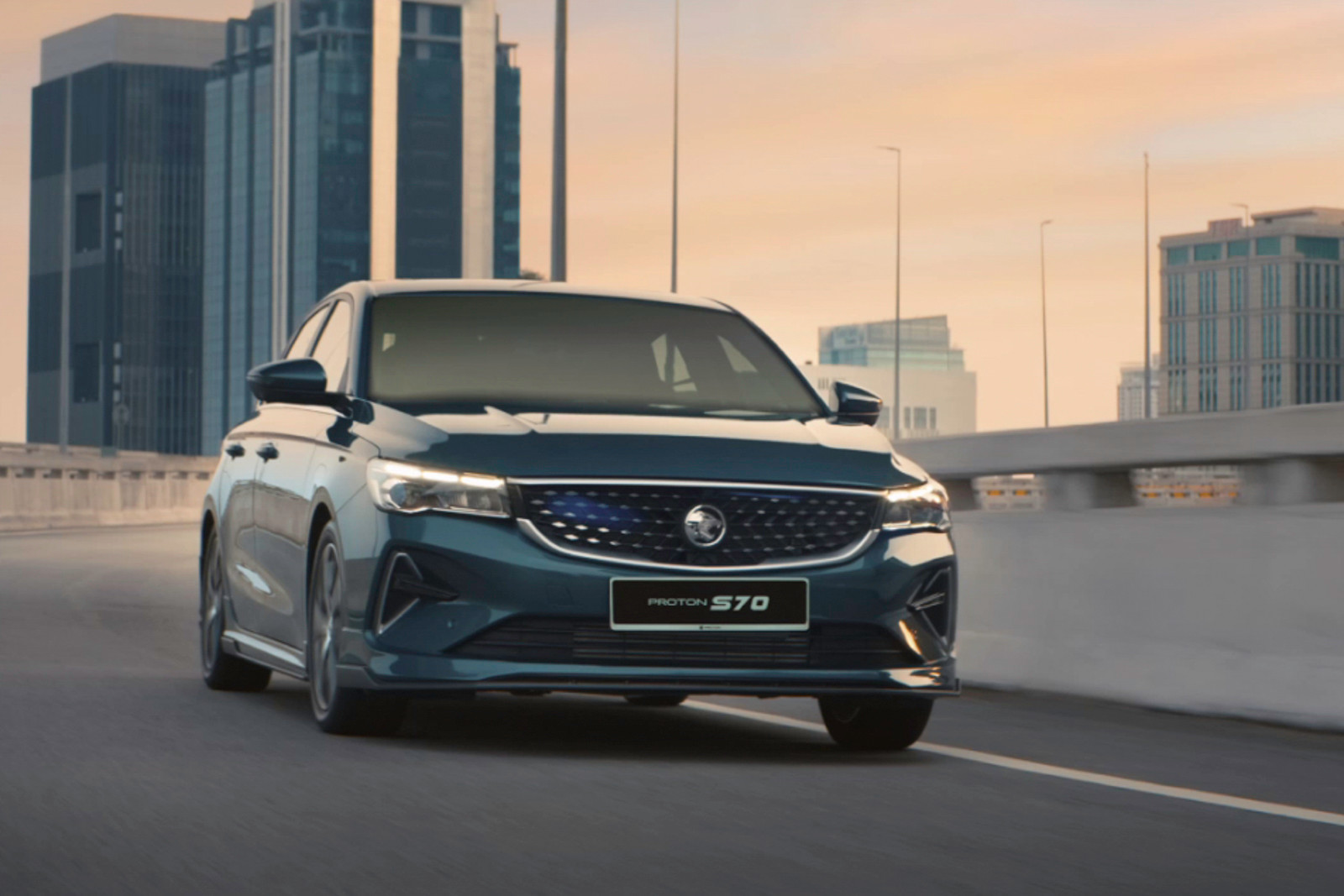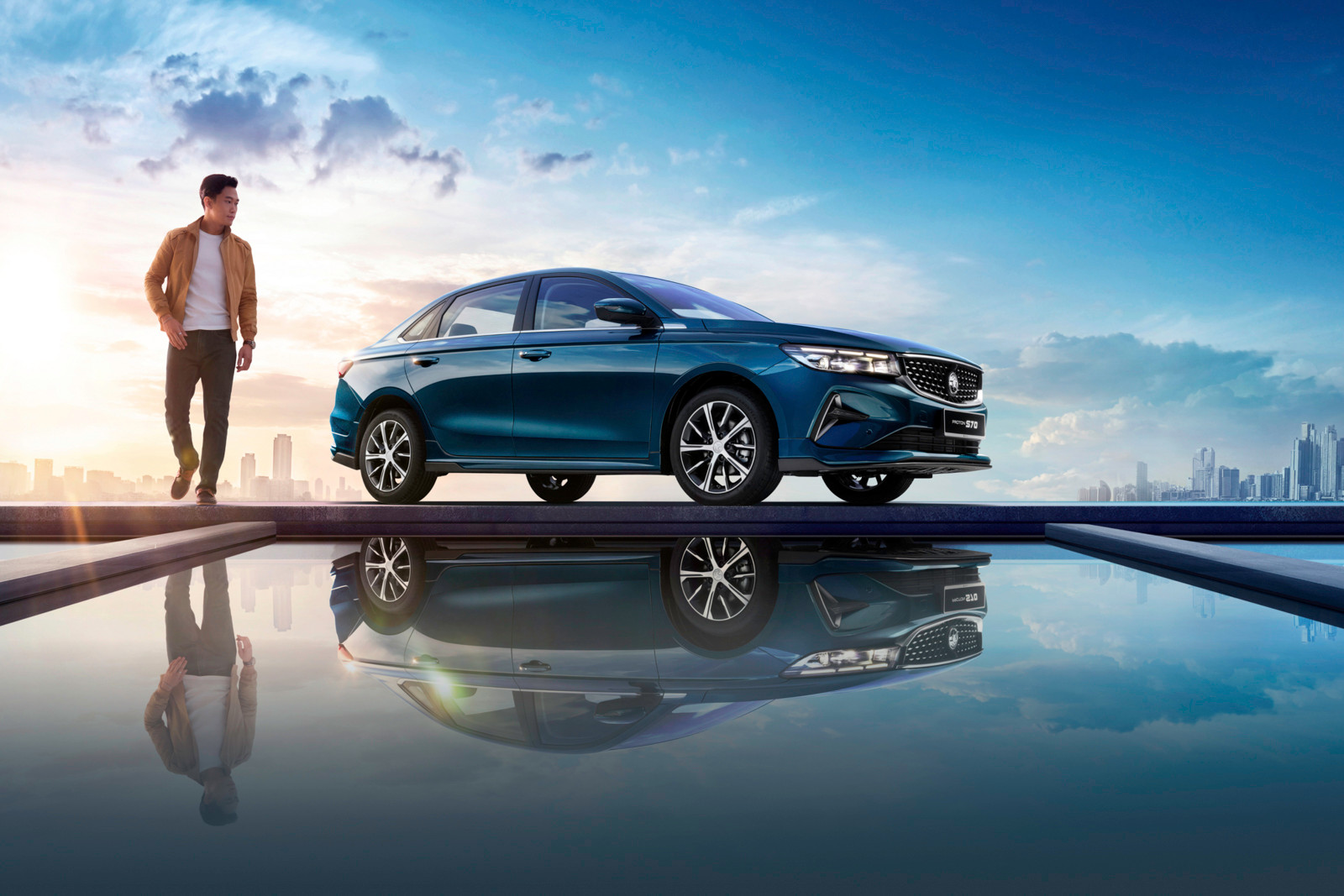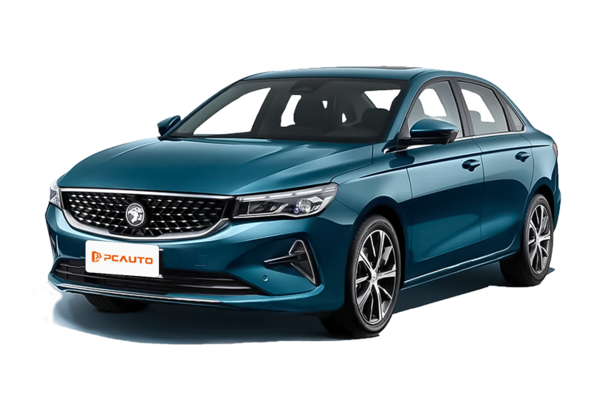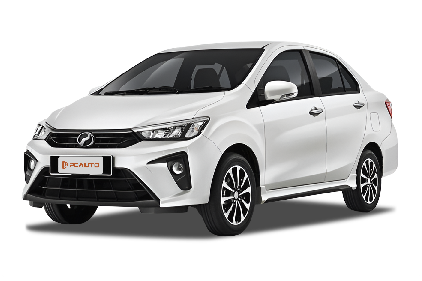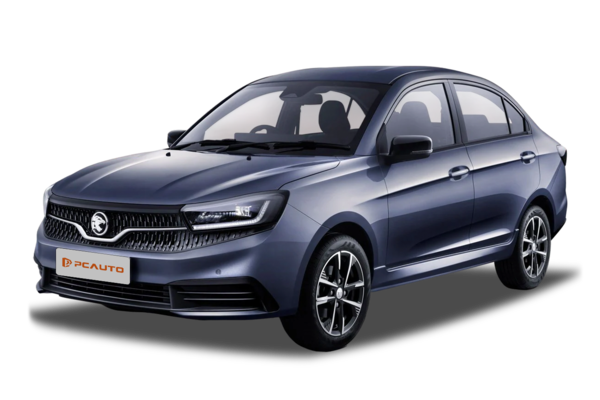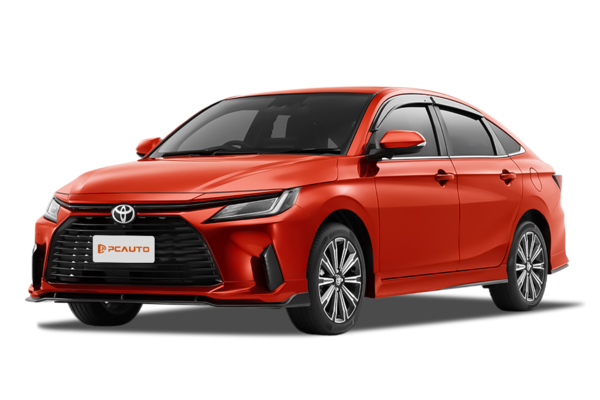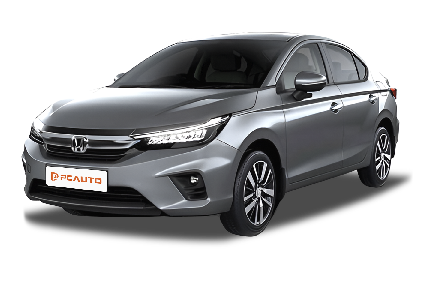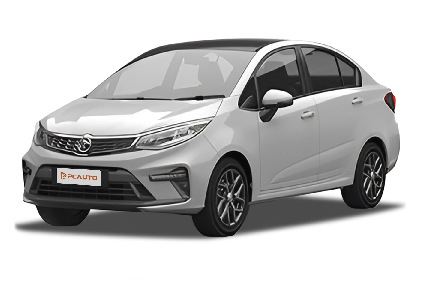Q
How to open trunk from inside Hyundai Tucson 2023?
Opening the trunk in the 2023 Hyundai Tucson is a breeze. Just hit the dedicated trunk release button near the driver’s-side door lock—it’s usually marked with a luggage icon. One press and the trunk pops open slightly. If your Tucson has a smart key, you can also hold down the trunk button on the fob for a remote open.
Heads-up: This feature only works when the car’s in Park, for safety. Some higher trims even get hands-free kick-to-open—just swipe your foot under the rear bumper’s center, and the trunk lifts automatically (super handy when your arms are full).
Family-friendly touches like an adjustable liftgate height and dual-level cargo floor make the Tucson’s trunk super practical. If it won’t open, first check if the ignition’s on. No luck? There’s an emergency mechanical release inside the trunk—look for a pull tab on the right side of the inner trim.
Q
How to open Hyundai Tucson 2023 with key?
To unlock the 2023 Hyundai Tucson using your key, first make sure the key fob battery has enough juice. If your model has a mechanical key slot (usually hidden under a cover on the door handle), you can pop off the cover with your fingernail or a flat tool, then insert the key and turn counterclockwise to unlock.
For smart key versions, simply press the button on the door handle when you're near the car. If the key fob dies, the mechanical key is your backup. Pro tip: Don’t get too comfortable with the smart key—take a minute to refresh yourself on how the physical key works, just in case. Also, check the battery occasionally and get familiar with emergency procedures.
Some trims even support Hyundai’s Bluetooth smartphone key—just pair your phone via the official app for keyless entry. But keep your phone charged and Bluetooth on, or you might be locked out. Oh, and avoid storing your smart key near other electronics to prevent signal interference. If the car won’t unlock, look around for anything creating a strong magnetic field that could be messing with the signal.
Q
How to open the fuel door on a 2023 Hyundai Tucson?
To open the fuel filler door on the 2023 Hyundai Tucson, first make sure the vehicle is unlocked. Then, locate the fuel door release button—usually near the driver’s side floor or under the dashboard, marked with a fuel pump symbol. A quick press should pop it open. If you can’t find the button, some models may require manually pressing the right edge of the fuel door itself.
Pro tip: Certain trims might even have a dedicated fuel door button on the key fob—just hold it down to unlock.
While the Tucson’s dashboard will nudge you when fuel is low, it’s smart to check the gauge regularly to avoid last-minute gas runs. Design quirks can vary by model year or trim, so if the usual steps don’t work, peek at the owner’s manual or ping your dealer.
Oh, and when filling up? Stick to the recommended octane (usually noted inside the fuel door) to keep the engine happy long-term. Double-check that label—it’s an easy detail to miss when you’re in a hurry.
Q
How big is the gas tank on a 2023 Hyundai Tucson?
The 2023 Hyundai Tucson features a 58-liter fuel tank capacity – a practical design that balances daily commuting and long-distance travel needs. When paired with its fuel-efficient powertrain, this setup typically delivers over 600 km of range. Tucson's Smartstream engine technology enhances combustion efficiency, while the available 7-speed DCT or hybrid system (depending on trim) further optimizes fuel consumption.
Real-world mileage may vary based on driving style, road conditions, and load. For best efficiency, maintain regular servicing and proper tire pressure. Among competitors like the Honda CR-V or Toyota RAV4 (which typically offer 55-60L tanks), Tucson's capacity sits squarely in the mainstream. When planning road trips, cross-reference the official range with fuel station locations.
If the low-fuel warning activates prematurely, have your fuel sensor or pump inspected – dealerships can usually diagnose these issues quickly.
Q
Is a 2023 Tucson a good car?
The 2023 Tucson is a well-rounded SUV that stays true to Hyundai's reputation for offering great value. Its exterior follows the brand's latest "Sensuous Sportiness" design language—sporty and instantly recognizable. Under the hood, local markets get two engine choices: a peppy 1.6T turbo or a smoother 2.0L naturally aspirated unit, paired with either a 6-speed auto or 8-speed dual-clutch transmission.
Inside, you'll find solid build quality, a 10.25-inch touchscreen, Apple CarPlay/Android Auto, and surprisingly generous rear legroom. Safety isn't skimped on either, with six airbags and stability control standard across the range. Higher trims add smart cruise control and lane-keeping assist.
Fuel economy? Decent but not class-leading—the 1.6T averages 8-9L/100km in city driving. Hyundai backs it with a 5-year/unlimited-mile warranty, and spare parts are affordable and easy to find.
Stacked against rivals like the Honda CR-V or Mazda CX-5, the Tucson fights back with more kit for the money. Pro tip: Test drive both engines. The 1.6T feels zippier but costs more to maintain, while the 2.0L suits drivers who prefer a relaxed vibe.
Q
What kind of oil goes in a 2023 Hyundai Tucson?
The recommended oil model for the 2023 Hyundai Tucson is 5W-30 or 5W-20 fully synthetic oil. The specific selection should refer to the climate conditions and driving habits recommendations in the user manual. Hyundai's official recommendation is to use oil that meets API SP or ACEA C2/C3 standards to ensure optimal engine performance. Fully synthetic engine oil, due to its excellent high-temperature stability and low-temperature fluidity, can better protect turbocharged engines and extend oil change intervals, especially suitable for local hot and rainy climates. It should be noted that there may be differences between different years or engine models, for example, hybrid versions may require low viscosity oil, so it is important to check the "Engine Oil" section in the manual. Regular oil changes (recommended every 10000 kilometers or 12 months) are crucial for maintaining engine life, and it is recommended to choose oil with ILSAC GF-6 certification for better fuel economy. If the vehicle is still under warranty, using non specified engine oil may void the warranty. Therefore, it is recommended to purchase original engine oil or equivalent products through an authorized service center.
Q
How often should I change the oil in my 2023 Hyundai Tucson?
According to the official maintenance schedule for the 2023 Hyundai Tucson, under normal driving conditions, the engine oil should be changed every 10,000 km or 12 months—whichever comes first. However, if you frequently drive in severe conditions like high temperatures, dusty environments, or mainly short trips, it’s recommended to shorten the interval to every 5,000 km or 6 months.
The Tucson’s Smartstream engine uses advanced technology and demands higher-quality oil. For optimal performance and protection, always use full synthetic oil that meets API SP or ACEA C2 standards. Regular oil changes not only keep the engine running smoothly but also help extend its lifespan. And don’t forget to replace the oil filter each time—it prevents contaminants from the old filter from mixing with the fresh oil.
Beyond oil changes, make sure to follow the maintenance manual for other fluids like transmission fluid, brake fluid, and coolant. These checks are small but crucial for your Tucson’s overall performance and reliability. If you’re ever unsure about service intervals, your best bet is to refer to the owner’s manual or consult a certified technician at an authorized service center.
Q
Does the 2023 Hyundai Tucson use synthetic oil?
**2023 Hyundai Tucson Oil Recommendation**
The 2023 Tucson definitely benefits from synthetic oil—typically a full synthetic 5W-20 or 5W-30. This type of oil handles the high heat and pressure of turbocharged engines better, extends drain intervals, and provides superior engine protection.
Compared to conventional oil, synthetic maintains more stable viscosity, resists wear better, and helps reduce carbon buildup and sludge—especially in hot climates—which can prolong engine life. Stick to the recommended service intervals (usually every 10,000 km or 12 months), but consider shorter intervals if you frequently drive in stop-and-go traffic or extreme heat.
A quick heads-up: Using non-specified oil might void your warranty, so dealer servicing is a safe bet. Turbo models are extra sensitive to oil quality—cheap oil can even kill the turbo. If you’re buying your own, make sure it meets API SP or ACEA C2 standards.
*(Note: Tone adjusted to sound natural, concise, and human—like advice from an experienced car editor.)*
Q
What is the fuel consumption of Hyundai Tucson 2023?
The 2023 Hyundai Tucson delivers varying fuel efficiency across different powertrain options. The gasoline variant with a 2.0L naturally aspirated engine averages 7.8-8.2L/100km combined, while the 1.6T turbocharged version improves to 7.2-7.6L/100km. Opt for the hybrid, and you're looking at an even leaner 5.3-5.7L/100km – though real-world figures will always hinge on driving habits and road conditions.
Hyundai's Smartstream technology plays a key role here, with its CVVD system optimizing combustion efficiency. Add in weight savings and aerodynamic tweaks, and you've got a package that sips fuel judiciously. Pro tip: leverage the drive modes – ECO in stop-and-go traffic makes a noticeable difference, while maintaining a steady 90-110km/h on highways maximizes mileage.
Don't overlook maintenance either. Fresh air filters, the right oil viscosity, and proper tire pressure might seem minor, but they're the unsung heroes of long-term fuel economy. These real-world practices often outweigh chasing brochure numbers.
Q
How long will a 2023 Tucson last?
The 2023 Tucson, with proper care and regular maintenance, can typically last over 200,000 kilometers or 15 years—though its actual lifespan depends on driving habits, road conditions, and service frequency. Featuring Hyundai's latest Smartstream engine tech and a high-strength body structure, it's built to hold up well. Stick to basic maintenance every 6 months or 5,000 km, with extra attention to engine oil, transmission fluid, and the cooling system.
For hybrid models, battery health becomes a bigger factor, but Hyundai covers the battery pack with an 8-year/160,000-km warranty. To maximize longevity, avoid aggressive acceleration and hard braking, and get tires/brakes checked routinely.
Most well-maintained SUVs in this segment hit 15-20 years without major issues, though electronics can get finicky over time—keep the infotainment software updated.
